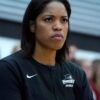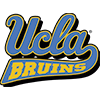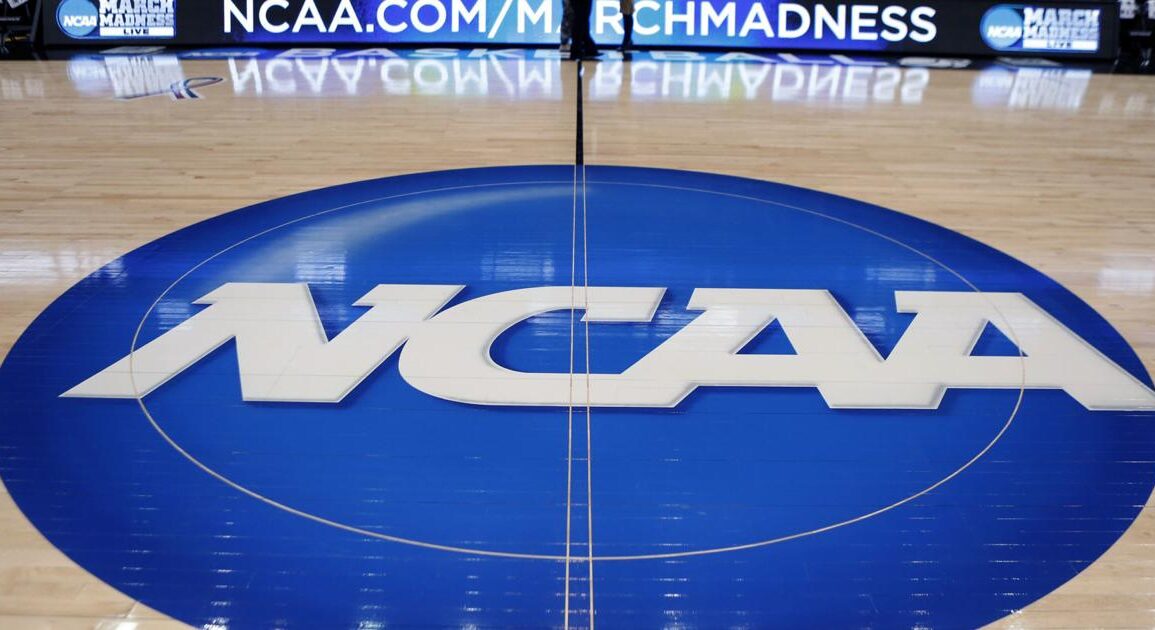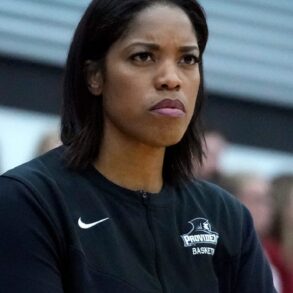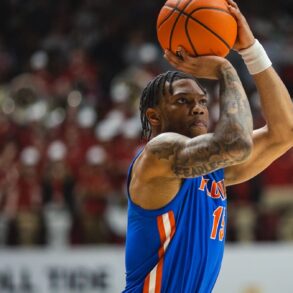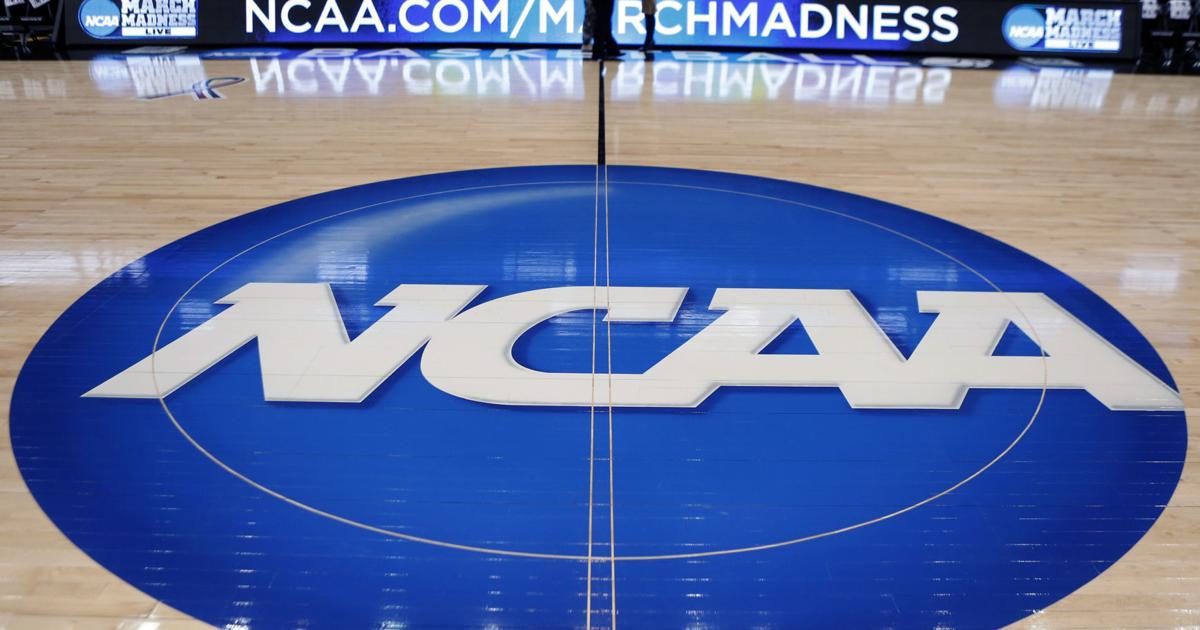
College athletics lost its innocence long ago, but any sanctimonious veils of purity have been entirely ripped off. And shredded.
A news dump shortly after 9 p.m. on a Friday night killed the student-athlete model; probably some athletic departments, too. It might also wreck the court system.
The House Settlement was officially approved by a California judge on June 6. The details of the settlement have been out there for weeks, among them instituting revenue share for athletes, limiting rosters sizes and creating some kind of guidelines regarding NIL. All that goes into effect July 1.
At its core, the settlement was intended to remove or close most cases regarding NCAA athletes.
Instead, it will produce more litigation.
“The approval of the House Settlement is a landmark moment in college sports,” sports attorney Mit Winter said. “It also marks the beginning of a much more complex legal and regulatory environment for everyone involved.”
Ya think?
Oh, the irony.
Title IX lawsuits. Lawsuits over the salary cap and third-party restrictions. Roster limits, free-market concerns and maybe even lawsuits bucking campus parking tickets — no litigation is off the table now.
And they’ll start coming right away.
“Yeah, I think that’s definitely expected,” sports attorney and author Kristi Dosh said. “I’ve heard several people say they may be coming as early as this next week.”
Geez. But at least there are no more pretenses.
Now we can truly accept college athletics for what it is: a professional sports entity that has absolutely, positively nothing to do with higher learning other than what’s on the front of jerseys matches the name on the school’s catalog.
For now. And even that will change when private equity inevitably starts sniffing around.
Sidenote: How many corporate logos can you fit onto a standard football jersey? Discuss amongst yourselves.
Served a purpose
In the meantime, let’s pour one out for the student-athlete model. It was good while it lasted.
Well, not really.
Holes have been poked in the amateur collegiate framework since before the advent of the forward pass. Pick a decade, any decade — you’ll find an episode involving an archaic rule for that time.
Proof: the “cream cheese rule.” That was forever an NCAA thing limiting how much food could be given to student-athletes. Apparently the addition of a topping such as cream cheese made bagels less of a snack and more of a meal. Snacks were OK, but meals were an impermissible benefit and a major no-no.
The NCAA eased up on its pearls in 2014 and said unlimited food for athletes was fine. Bagels for everyone! And slather on that cream cheese, bruh!
That’s an extreme example, yes, but you get the gist.
Yet even with its imperfections, the NCAA did a pretty good job of creating a divider between pros and up-and-coming Joes. An old wooden fence, yes, though a fence, nevertheless.
Those rules and regulations that seem archaic in this moment, as well as for most of the past 50 years or so, were at least functional if misguided. And, for the most part, versions of them would remain relevant if the NCAA, school administrators, coaches and everyone else with a vested interest in college sports had a little foresight. All of this massive change could’ve occurred within thought-out guardrails.
But everyone — absolutely everyone — has been blinded at least since 1984. That’s when some lawsuits from the likes of Oklahoma and Georgia wrested television away from the NCAA. That gave control to the schools and universities.
By the way, here’s a fun fact from loyal subscriber Bill in Clemson regarding that landmark litigation:
“One of the root reasons Oklahoma sued the NCAA was when The Citadel v. Appalachian State was televised on the same day as Oklahoma v. Southern Cal. Even though TV viewership was heavily skewed toward the OU v. SC game, all four teams received $400,000 each baked upon the NCAA-governed media contract.”
That kind of distribution came to a screeching halt when the Supreme Court ruled 7-2 in favor of the NCAA’s individual members. That also created a bunch of fiefdoms that exist to this day.
More from Bill, who nailed it again with this:
“In this sea of change, a comment was said recently that it was unfortunate the different conferences are seeing each other as competitors instead of business partners.”
Reader Bill and the person he paraphrased for the win.
Win some, lose some
Still, it’s not all doom and gloom. As with nearly everything else in life, there are winners and losers with all of this.
The Superpowers, for one, win again.
The Big Ten and the SEC already make so much more than everyone else, which means they’ll have more to dole out. Above-board revenue sharing will only provide massive flex opportunities. More flexing will lead to more money, which produces more flexing … you get it.
Here’s another: Oddly, this massive, football-driven event will elevate some places that don’t even play the sport.
Big East schools — by virtue of not needing to concern themselves with football — could go bonkers and allocate the max salary cap toward basketball. That would dwarf what basketball players would get even in the Power 2. Gonzaga could do likewise.
It’s funny how the most transformative things to ever happen in college sports — NIL, the transfer portal and now everything bundled in the House Settlement — might actually benefit basketball. One-and-done nearly killed college’s version of the sport; everything else is positioned to elevate it.
The shame of it is basketball’s salvation is coming at a pretty high price.
This post was originally published on this site be sure to check out more of their content.


